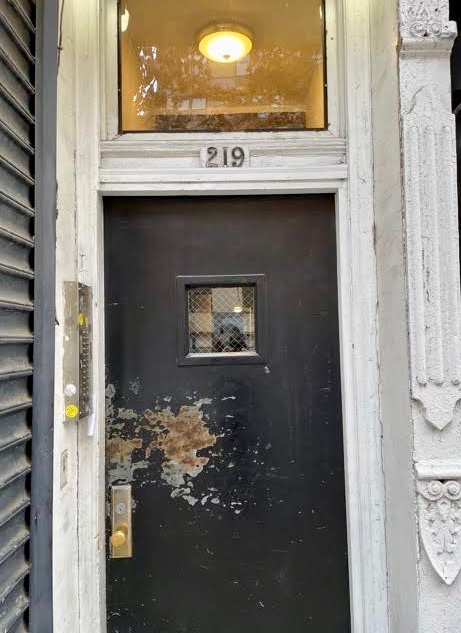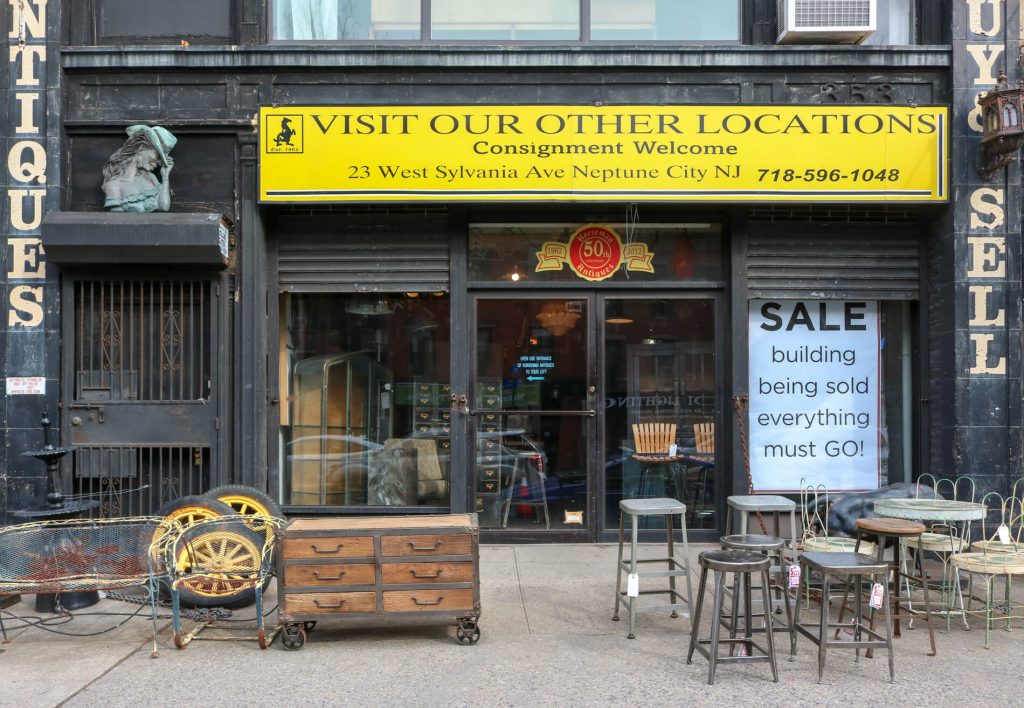
Thursday, December 9
In the mid-to-late 1980s, I lived on East 26th Street in Manhattan. That’s on the edge of a neighborhood known as “Kip’s Bay,” named for the pre-Revolutionary Era landholder Jacobus Kip. His estate “covered one hundred and fifty acres” of “meadow, woodland and stream” and extended eastward to a rocky indentation of the East River known for its shape as Turtle Bay, or alternatively as Kip’s Bay.
By the 1930s, when the Federal Writers’ Project put together a guide to New York City, the writers had termed much of the district “a slum.” Most of the bay had been filled in long before, and the guide reported that “El trains of the Second and Third Avenue lines thunder by constantly,” while “an endless, noisy procession of trucks” stormed over First Avenue.
During my time there, the neighborhood was a sort of Nowhere Ville—not so different in that from the area I had previously occupied, Boerum Hill in Brooklyn. (If there is a hill there, I never found it; I guess the name-givers had to pretend that the area adjacent to Carroll Gardens had some sort of distinguishing trait.)
But back to East 26th Street: My apartment there was a one-bedroom affair at the top of a four-floor walk-up. Few friends ever visited me, for obvious reasons.
On my walk home from a doctor’s appointment today, I passed by the old building. The neighborhood hasn’t really changed much. The laundromat that used to be downstairs is now a “Brazilian” beauty parlor. Two doors down, there’s a “Tipsy Scoop Barlour” specializing in “liquor-infused ice cream.” On nearby Third Avenue, the D’Agostino’s supermarket is still in place although a bit gussied up with newish plate glass windows. And the liquor store where I once got a $10 bottle of Famous Grouse scotch (on sale as a promotion) also remains. But the bars and restaurants that line Third Avenue have all changed hands or gone out of business.
Also not very far away is Gramercy Park and the tony neighborhood that shares its name. I’m sure that Gramercy retains its share of the Beautiful People, just as it did when Mayor James Harper (one of the founders of publisher Harper & Brothers) lived there in the 1840s, or when Mrs. Stuyvesant Fish was there in the 1890s. A singular aspect of the area is the exclusive and privately owned park to which only nearby residents are allowed keys. Such a shame that the dog-walkers allow their charges to foul the surrounding sidewalks!
New York will never change—and it’s in a constant state of change. The builders are still throwing up new high-rise structures in the area, particularly along 23rd Street. But will anyone choose to live in the new buildings? That matter is no closer to resolution now than it was in the year 2020, when the COVID pandemic began.
Dinner: Croque-Monsieur sandwiches, red-pepper soup, and a green salad.
Entertainment: an episode of Britbox’ policier Shetland.

